SPA Front-end Internet Applications
This course is related to programming the SPA (Single Page Applications) internet applications. The React framework is used.
This course is related to programming the SPA (Single Page Applications) internet applications. The React framework is used.

The course is a part of the project "MOOC@PB-Nowoczesne technologie w procesie kształcenia" nr POWR.03.01.00-00-W040/18-00
The course is devoted to basics of SPA front-end applications programming. The framework used for this purpose is React.
If you are a computer science student you should find the content interesting. If you are not, but if you want to learn front-end technologies, you should be satisfied, as well. The course was created with participation of computer science students - it makes the content (examples, films, interactive code on StackBlitz) more accessible.
You can work at your own pace. The content is divided into lecture (theoretcal, with examples), a project's code that is refactored every week and implementation tasks.
You need Node.js server, a npm packet manager and IDE with React library installed. All information how to install them you can find in the course.
It is more convenient rather than a mobile device to use a computer to the course completion.
To complete the course you need to get 50% points from: tests (in every lesson), implementation tasks (in every lesson) and the final exam (at the end of the course). You can also implement a project. It is not obligatory for course completion, but it is worth to do it, because you have opportunity to combine all the pieces of konwledge together.
Everyone who completes the course receives a certificate.
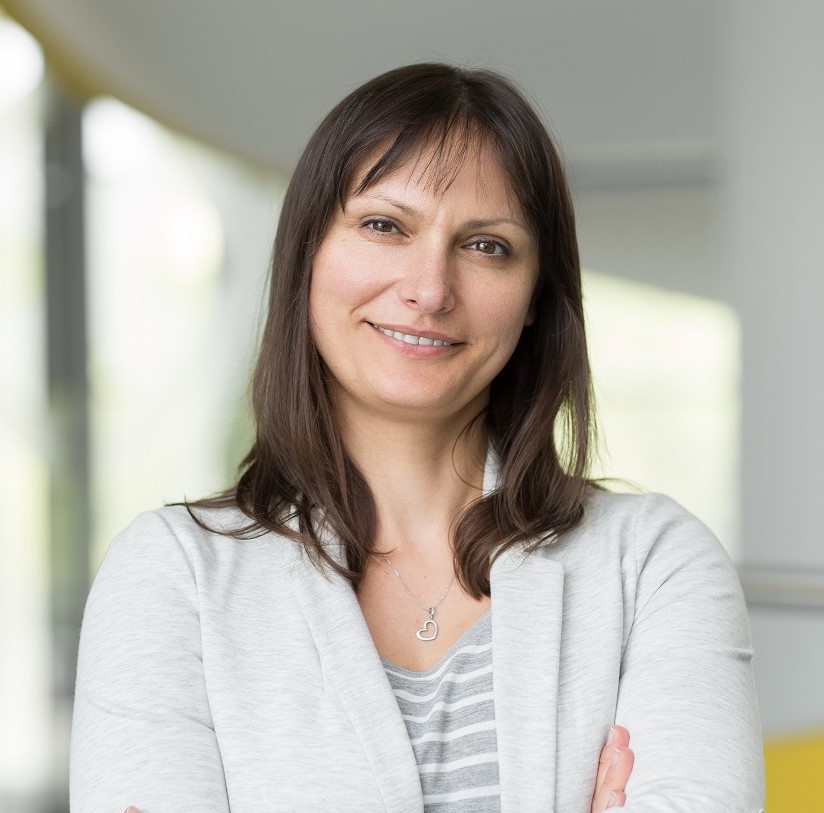
Assistant Professor, Faculty of Computer Science, Bialystok University of Technology
A main author of the course and a methodologist
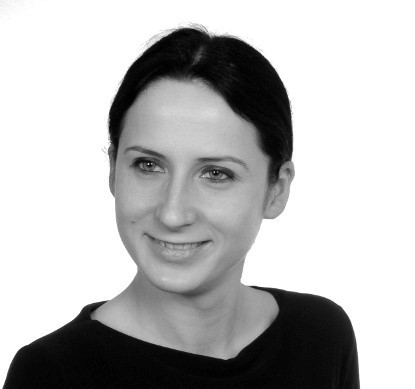
Assistant Professor, Faculty of Computer Science, Bialystok University of Technology
English translation
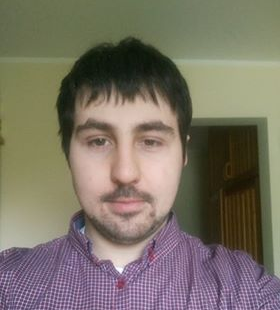
Student at the Faculty of Computer Science, Bialystok University of Technology
A course content creator, graphics
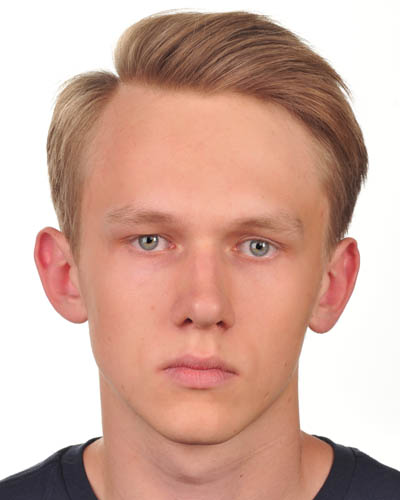
Student at the Faculty of Computer Science, Bialystok University of Technology
A course content creator, movie technician
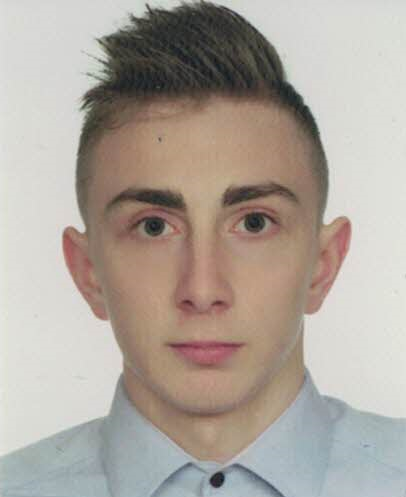
Student at the Faculty of Computer Science, Bialystok University of Technology
A course content creator, code
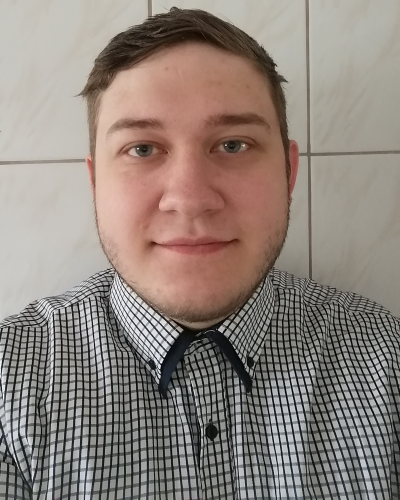
Student at the Faculty of Computer Science, Bialystok University of Technology
A course content creator, reader